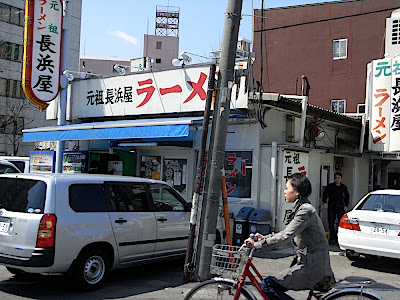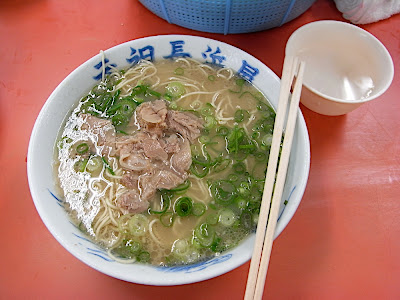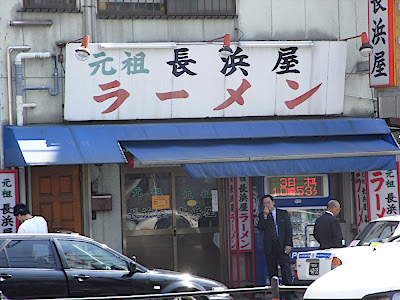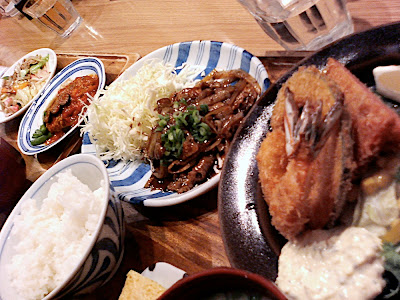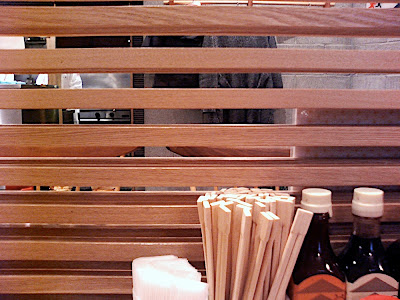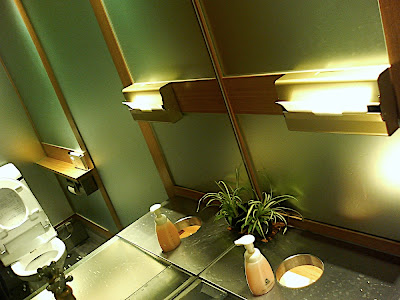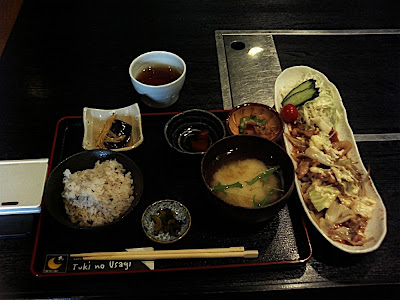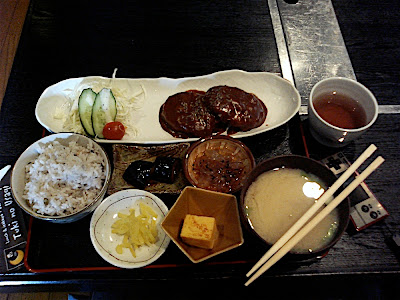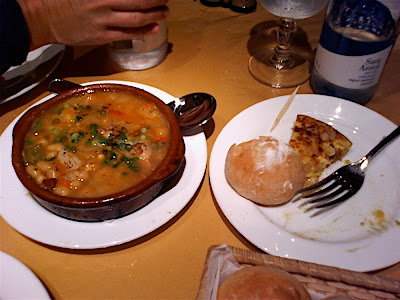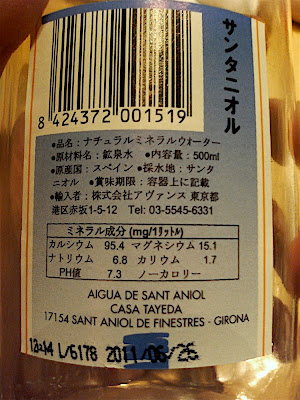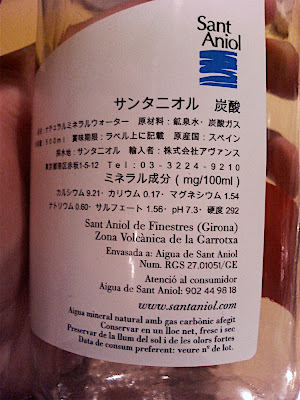El otro día me llevaron a Ganso Nagahamaya Ramen (¡gracias!), un sitio bastante antiguo y famoso donde dan ramen estilo Nagahama, que entra dentro del tonkotsu (caldo de cerdo) típico de la isla de Kyushu.
この間元祖長浜屋ラーメンにつれてってもらった(ありがとうございます!)。昔からあるらしい人気なお店で、出るのはもちろん長浜ラーメン、九州で有名な豚骨の一種。
The other day someone took me to Ganso Nagahamaya Ramen (thank you!), a quite oldschool and popular place for eating Nagahama ramen, a subclass of Kyushu’s usual tonkotsu (pork soup) ramen.
El ramen por supuesto está bueno, y se puede elegir que los fideos estén blandos o duros (unas 5 opciones desde «crudos» hasta «blandos») además la cantidad de grasa del caldo.
ここのラーメンは当然美味い。麺の硬さとスープの油の量が選べる。
Ramen here is of course very yummy, and you can have your noodles anywhere from raw-hard to overcooked (in about 5 degrees) as well as you can choose the amount of grease in your soup.
Es curioso que tienen dos restaurantes con el mismo nombre y casi se puede ver la puerta de uno desde el otro.
すごく近くにもう1店舗があるのは面白い。一つからもう一つが見えそうな気がする。
Fun fact – they have 2 restaurants so near that you can almost see one from the other.
Esto está cerca del puerto, una zona en la que muchos hombres hacen trabajo físico de día, y muchas mujeres de noche.
地区は港に近くて、朝は肉体労働をする男性が多くて夜は肉体でお仕事する女性も多いらしい。
This is in an area near the harbor, where many men do manual labor in the morning and many women do it at night.

